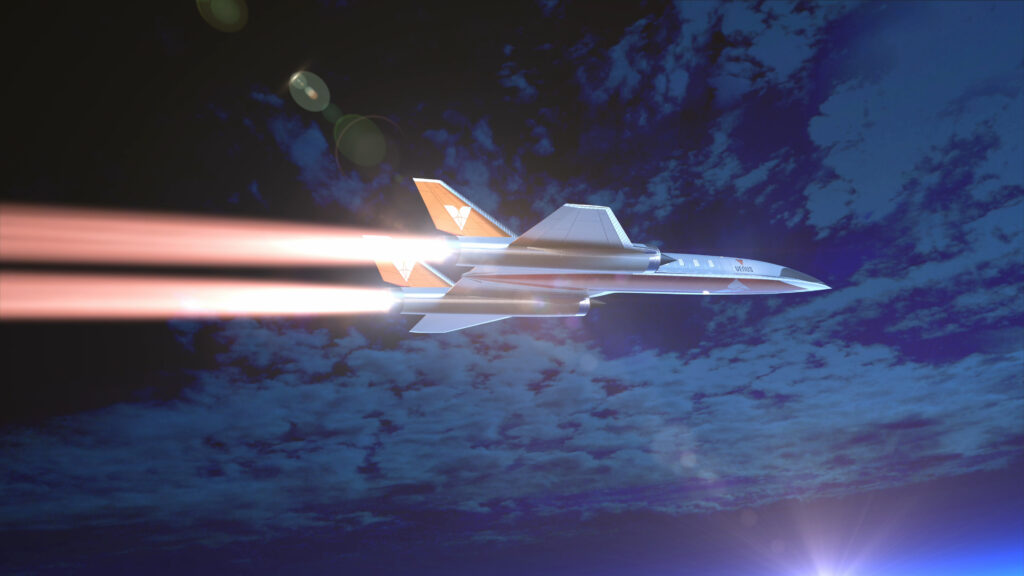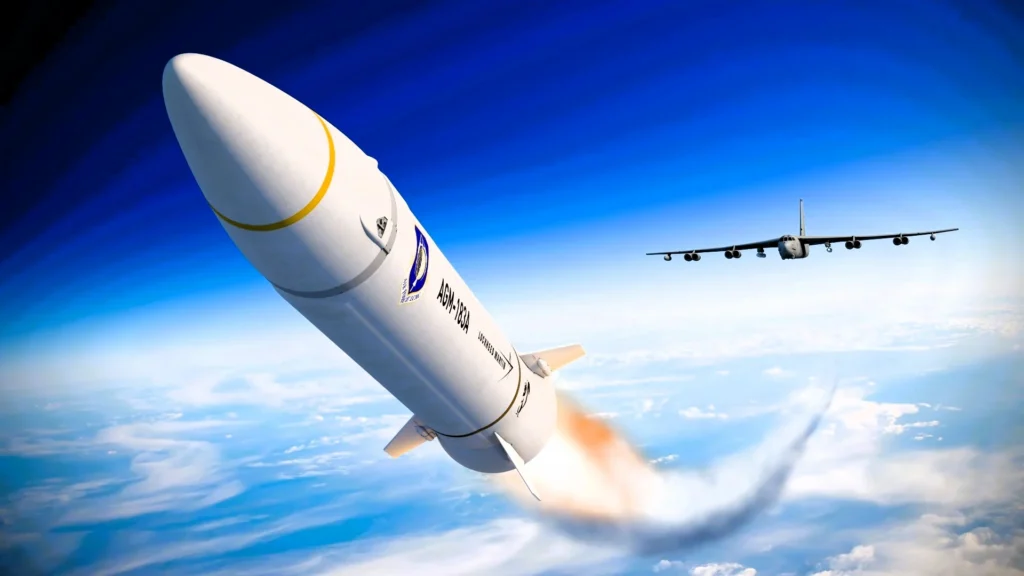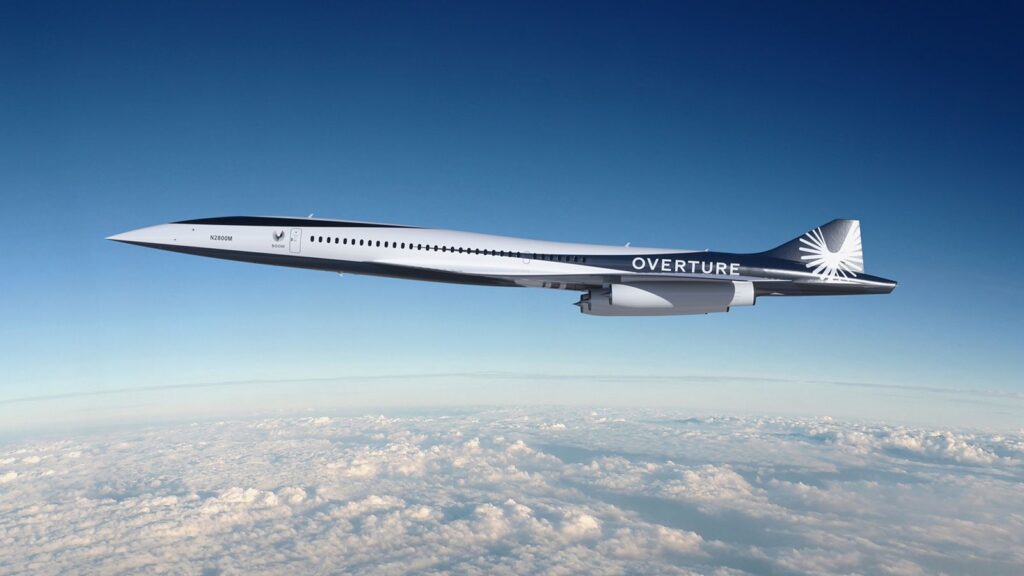Applications Beyond Commercial Travel

While the idea of ultra-fast passenger jets is exciting, the implications of hypersonic aircraft extend beyond civilian travel.
1. Military and Defense
- Hypersonic transport could revolutionize rapid troop deployment and supply logistics.
- Such aircraft could serve as platforms for rapid-response reconnaissance or delivery of high-priority assets globally in minutes.
2. Medical and Emergency Use
- Organ transplants and emergency medical evacuations could be executed across continents in under an hour, potentially saving thousands of lives each year.
3. Space Launch Assistance
- Hypersonic aircraft could provide launch platforms for small satellites or space tourism, making space access cheaper and more frequent.
Challenges to Overcome

1. Heat Management
When flying at hypersonic speeds, handling the intense heat caused by air friction becomes a major challenge. Venus Aerospace is trying out new materials and ways to release heat to solve this problem.
2. Noise and Sonic Boom
Like the Concorde, hypersonic aircraft will generate sonic booms. These shockwaves can cause disturbances and are currently not allowed over many populated places. NASA and other agencies are researching “quiet boom” technologies to mitigate this.
3. Cost and Scalability
At present, hypersonic travel is costly and can only carry relatively small loads. Making it affordable and safe for civilians will require substantial advancements in engine efficiency and materials science.
4. Regulatory and Airspace Integration
Air traffic control systems worldwide are designed for subsonic travel. Integrating hypersonic aircraft into existing air traffic networks will involve overhauls to regulation, safety protocols, and tracking technologies.
Venus Aerospace: A Visionary Company

Founded in 2020 by Sarah “Sassie” Duggleby and Andrew Duggleby, Venus Aerospace is based in Houston, Texas, near NASA’s Johnson Space Center.
Their mission? To “bring the world closer together” by reducing long-haul flight times to under one hour. The company is staffed by veterans from NASA, SpaceX, Virgin Galactic, and other leading aerospace firms.
They have already:
- Secured $33 million in venture funding
- Developed and tested subscale engine prototypes
- Completed wind tunnel and supersonic flow tests
- Built an 8-foot-long demonstration vehicle
Their ambitious roadmap includes full-scale engine tests by 2026, followed by an operational prototype before 2030.
Environmental Impact

While speed is the headline, sustainability remains a concern. Hypersonic planes will naturally use more fuel per passenger compared to regular airplanes.
- Exploring clean-burn fuels, including hydrogen-based options
- Developing reusable components to reduce waste
- Designing aircraft for minimal ground-level emissions through high-altitude flight
Global Competition in the Hypersonic Race

Venus Aerospace isn’t alone. The hypersonic arms and tech race includes:
- NASA & Boeing: Working on experimental hypersonic jets under the X-Plane program
- Hermeus (USA): Developing the “Quarterhorse” hypersonic vehicle
- Reaction Engines (UK): Building the SABRE engine for air-breathing spaceplanes
- China and Russia: Both nations have revealed hypersonic glide vehicles for military use
However, Venus’s focus on civilian transport and scalable infrastructure gives it a unique edge in the commercial market.
What This Means for the Future of Travel

If Venus Aerospace and its peers succeed, the consequences for global connectivity could be staggering:
- Tourism: Weekend trips across the world could become normal.
- Business: Global meetings in person—same-day flights between continents.
- Logistics: Overnight international shipping could become same-hour delivery.
It’s a future that compresses the Earth, not physically, but in terms of time and access.






